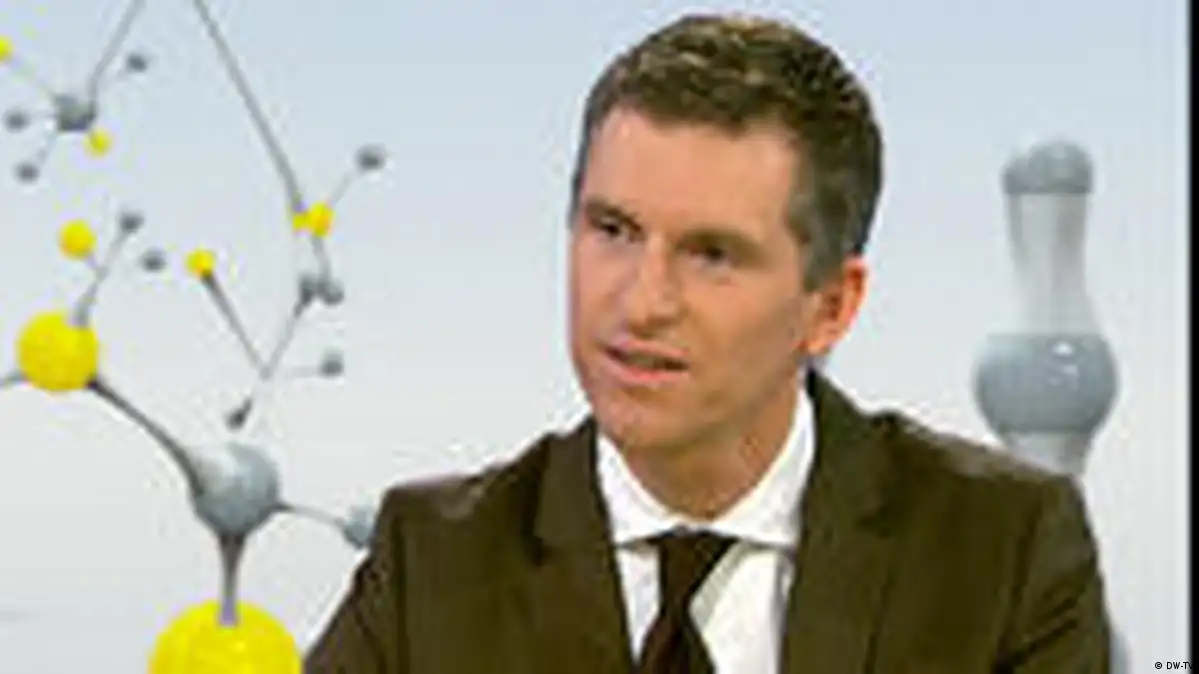DW-TV: That's what people are afraid of - that the gas might escape again. What do you think - how high is the risk?
Leonhard Ganzer: The risk for the gas to leak out of that reservoir is actually quite low, because this was a gas reservoir before and the gas was maintained there for millions of years.
But the gas is being pumped down under high pressure. Couldn't that also cause the geological stability to break - for example, microearthquakes could happen.
These risks would only occur if you exceed the initial reservoir pressures, which in this case is not happening, because during the production phases, the depletion phase of that reservoir the pressures were reduced dramatically, so that amount of CO2 which will be injected would not cause that effect.
But we wouldn't want any more carbon dioxide in the air. We know that at low concentrations it's harmless, but at higher concentrations it's poisonous, right?
Yes.
Yes, but you're not afraid that will happen. What about the energy that's being used for this whole process? It goes down as we heard by about 20 percent. Does it still make sense in an economical way?
Oh, yes, in certain occasions it certainly makes a lot of sense. Near coal plants where lots of CO2 will be generated, this is a realistic solution for some of those coal plants.
And the goal behind it is to save our climate. Is it good for that?
Well, in the long-term we will need other solutions, certainly, but for a transition period it will relieve the environment to some extent.
To some extent. We have, like, 350 millions tons of carbon dioxide just from our coal plants. What's the part we could actually store underground in Germany.
It will be a small part as long as we are considering only the gas reservoirs. If we add the saline aquifer structures it will of course be a larger portion, which is not being investigated so far.
But right now we're just probing and testing the technology - and it might take another 15 to 20 years until it's ready to be used on a bigger scale. By then all the renewables might have evolved and we can produce our energy from the sun and the wind. Do we still need it?
The lifespan of such a coal plant exceeds 30, 40 years, so we will still need that.
What about other countries, like China?
There is a lot of coal or CO2 productionin these countries, and we will certainly need CCS technologies to be applied there.
(Interview: Ingeolf Baur)
